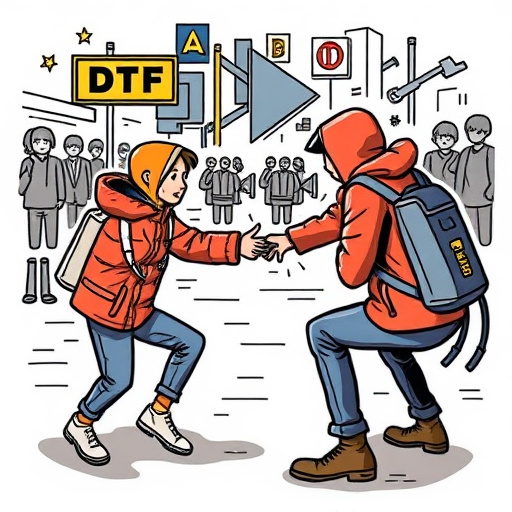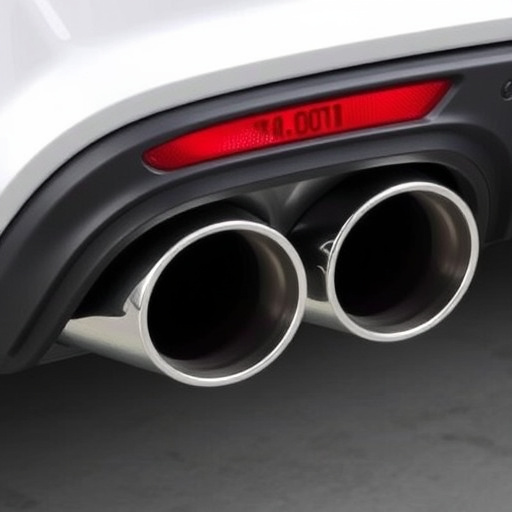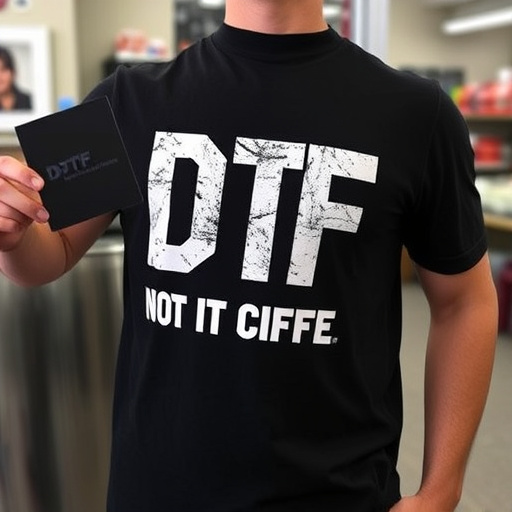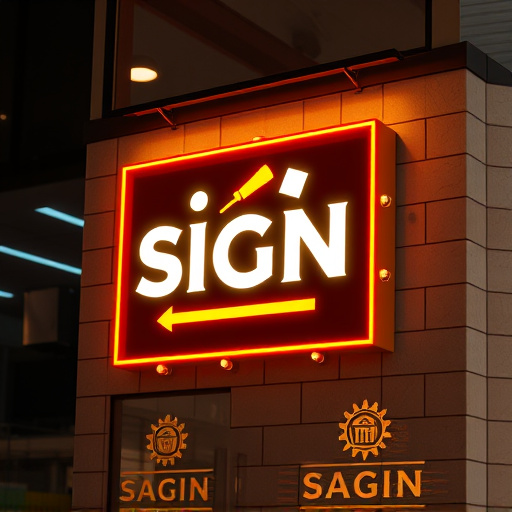Event graphics design plays a vital role in sustainability, offering eco-conscious alternatives to traditional printing methods that harm the environment. Designers promote greener options like recyclable materials, digital printing, and innovative techniques. By adopting recycled paper, organic banners, biodegradable plastics, and digital technologies, event organizers minimize their environmental impact while creating visually appealing displays. This shift towards sustainability in event graphics design is driven by a growing trend to incorporate eco-friendly practices, ensuring better futures for live events without compromising aesthetics.
In the realm of events, event graphics design plays a pivotal role in captivating audiences. However, the environmental footprint of these visual elements is often overlooked. This article delves into the significance of sustainability in event graphics, offering eco-friendly tips for designers and organizers. We explore how choosing sustainable materials and implementing green practices can minimize the ecological impact without compromising creativity. By adopting these strategies, we contribute to a greener future for events and design alike.
- Understanding the Impact of Event Graphics on Sustainability
- Eco-Friendly Materials and Resources for Event Design
- Implementing Green Practices in Event Graphics Production
Understanding the Impact of Event Graphics on Sustainability

Event graphics design plays a significant role in shaping sustainable events, often overlooked but with immense potential for environmental impact. Beyond visually appealing displays, it’s crucial to understand how these graphics contribute to or mitigate ecological footprints. From promotional banners to venue decorations, every element leaves a mark on the planet. The materials used, production processes, and end-of-life disposal or recycling methods all factor into the overall sustainability equation.
For instance, traditional printing practices often involve harmful chemicals and excessive water consumption. Conversely, eco-conscious designers advocate for recyclable or biodegradable materials, digital printing technologies, and innovative techniques like vehicle wraps or scratch protection on vehicles, which not only enhance aesthetics but also promote sustainability by extending material lifespan and reducing waste. By embracing these greener alternatives in event graphics design, organizers can significantly contribute to a more sustainable future for live events.
Eco-Friendly Materials and Resources for Event Design

In the realm of event graphics design, sustainability is a vibrant and essential trend that’s not just eco-friendly but also aesthetically pleasing. Event planners and designers are increasingly opting for eco-conscious materials to create visually stunning displays while minimising their environmental footprint. This shift towards sustainability involves choosing natural, recycled, or sustainably sourced materials for print media, displays, and decorations. For instance, using recycled paper, organic cotton banners, and biodegradable plastics significantly reduces waste and pollution associated with traditional event design.
Moreover, leveraging digital technologies allows for innovative and eco-friendly solutions like interactive projections, virtual reality experiences, and digital signage. These alternatives not only reduce material consumption but also offer dynamic and engaging experiences to attendees. For premium automotive services that require high-impact visuals, heat rejection window films and vehicle wraps made from recycled materials can serve as creative, sustainable options, aligning with the broader trend of incorporating eco-conscious practices into event graphics design.
Implementing Green Practices in Event Graphics Production

In the realm of event graphics design, sustainability is no longer an optional consideration but a necessary practice. Event planners and designers are increasingly embracing green practices to reduce their environmental footprint. One effective strategy involves using eco-friendly materials for printing and production. This shift towards sustainable methods means opting for recycled paper, vegetable-based inks, and biodegradable finishes, ensuring that the event’s visual impact is achieved without damaging the planet.
Additionally, integrating digital solutions can significantly enhance sustainability in event graphics production. Instead of relying solely on physical banners and posters, designers can create dynamic and interactive visuals using LED displays or projection mapping. This approach not only reduces waste but also offers creative flexibility, allowing for unique and captivating event experiences while minimizing environmental impact, particularly when compared to conventional car customization techniques like vehicle wraps, which often involve non-biodegradable materials and intense heat rejection processes.
Incorporating sustainability into event graphics design is not just an eco-conscious choice but a responsible approach that aligns with modern values. By understanding the environmental impact of event visuals and adopting green practices, designers can contribute to a more sustainable future while creating visually appealing experiences. Utilizing eco-friendly materials, from recycled papers to digital solutions, minimizes waste and reduces the carbon footprint associated with traditional event design. This shift towards sustainability in event graphics production is a step towards a greener world, ensuring that events leave a positive, lasting impact on both attendees and the environment.














